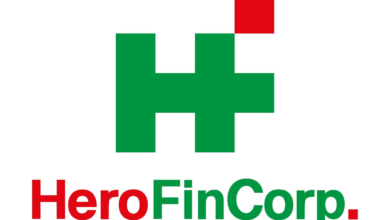Diving into the world of CFD investments can be both exciting and intimidating, especially for beginners. But fear not, because this guide is here to help you navigate the waters of CFD trading with ease. CFD stands for Contract for Difference, and it’s a popular financial instrument that allows you to speculate on the price movements of various assets without actually owning them. Sounds intriguing, right? Let’s break it down and get you started on your CFD investment journey.
Understanding the Basics of CFD Trading
Before you can start trading CFDs, it’s crucial to understand what they are and how they work. A CFD is an agreement between you and a broker, where you speculate on the price movement of an underlying asset. If the price moves in your predicted direction, you profit; if it doesn’t, you lose. It’s a leveraged product, which means you can control a large position with a relatively small amount of capital. This can amplify both gains and losses, so tread carefully.
Choosing the Right CFD Software
Now that you have a grasp of what CFDs are, the next step is to find the right CFD software to aid in your trading. Markets, for instance, is a CFD software that offers a user-friendly platform for beginners and advanced traders alike. It provides real-time market data, advanced charting tools, and a wide range of tradable assets, making it a solid choice for your CFD investment needs.
Setting Up Your Trading Account
Once you’ve chosen your CFD software, it’s time to set up your trading account. This process typically involves providing personal information, verifying your identity, and depositing funds into your account. Make sure to choose a broker that offers a demo account, so you can practice trading with virtual money before risking your hard-earned cash.
Selecting Your Assets
With your account set up and ready to go, it’s time to decide which assets you want to trade. CFDs can be traded on a variety of markets, including forex, stocks, commodities, and indices. Start by focusing on the markets you’re most familiar with and gradually expand your horizons as you gain experience.
Developing a Trading Strategy
A well-thought-out trading strategy is key to success in CFD trading. This involves setting clear goals, defining your risk tolerance, and deciding on the time frame for your trades. Remember, there’s no one-size-fits-all strategy, so take the time to develop one that suits your personal trading style and goals.
Risk Management
Risk management is arguably the most critical aspect of CFD trading. Since you’re dealing with leveraged products, it’s essential to manage your exposure to risk. This includes setting stop-loss orders, diversifying your portfolio, and never investing more than you can afford to lose.
Staying Informed and Educated
The financial markets are constantly changing, and staying informed is crucial to making smart trading decisions. Keep up with market news, read financial analysis, and continue to educate yourself on CFD trading strategies and techniques. The more you know, the better equipped you’ll be to navigate the markets.
Trading with Real Money
Once you’re comfortable with your trading strategy and have practiced with a demo account, it’s time to start trading with real money. Remember to start small and gradually increase your investment as you gain confidence and experience.
Monitoring and Adjusting Your Strategy
As you trade, it’s important to regularly review your performance and adjust your strategy as needed. This might involve tweaking your risk management techniques, refining your trading strategy, or even taking a step back to reassess your goals.
Conclusion
Getting started with CFD investments (It is also known as “cfd 投資” in Taiwan.) can be a daunting task, but with the right knowledge, tools, and approach, it can also be a rewarding one. By understanding the basics, choosing the right CFD software like Markets, setting up your account, selecting your assets, developing a solid trading strategy, managing your risks, and staying informed, you’re well on your way to becoming a successful CFD trader. So, take that first step and embark on your CFD investment journey today!





